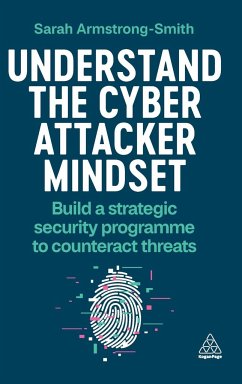To counteract a cyber attacker, organizations need to learn to think like one. Understand the Cyber Attacker Mindset explores the psychology of cyber warfare and how organizations can defend themselves against attacks. This book provides a comprehensive look at the inner workings of cyber attackers in the digital age and presents a set of strategies that organizations can deploy to counteract them. With technological advancements in cybersecurity, attackers are increasingly falling back to social engineering and preying on people's vulnerabilities. This book examines different types of cyber attackers, explores their motivations and examines the methods used. It also reviews key industry developments such as cybercrime as a service, brokers and syndicates, nation-sponsored actors, insider sabotage and the challenges faced by law enforcement in tracking and apprehending attackers. Understand the Cyber Attacker Mindset offers expert, strategic guidance on how organizations can improve their cybersecurity operations in response, including enhancing security awareness training, educating employees to identify and resist manipulation, understanding the importance of cultural variances and how board-level decision-making can directly influence attacks. Written by a renowned cybersecurity leader, the book draws on interviews with ex-criminals and top experts in the field to share rich insights and a wide range of case studies profiling notable groups, such as Anonymous, Lapsus$, FIN7, Nigeria's Yahoo Boys, Sandworm and the Lazarus Group. The human side of cybersecurity has never been so important.
Bitte wählen Sie Ihr Anliegen aus.
Rechnungen
Retourenschein anfordern
Bestellstatus
Storno








